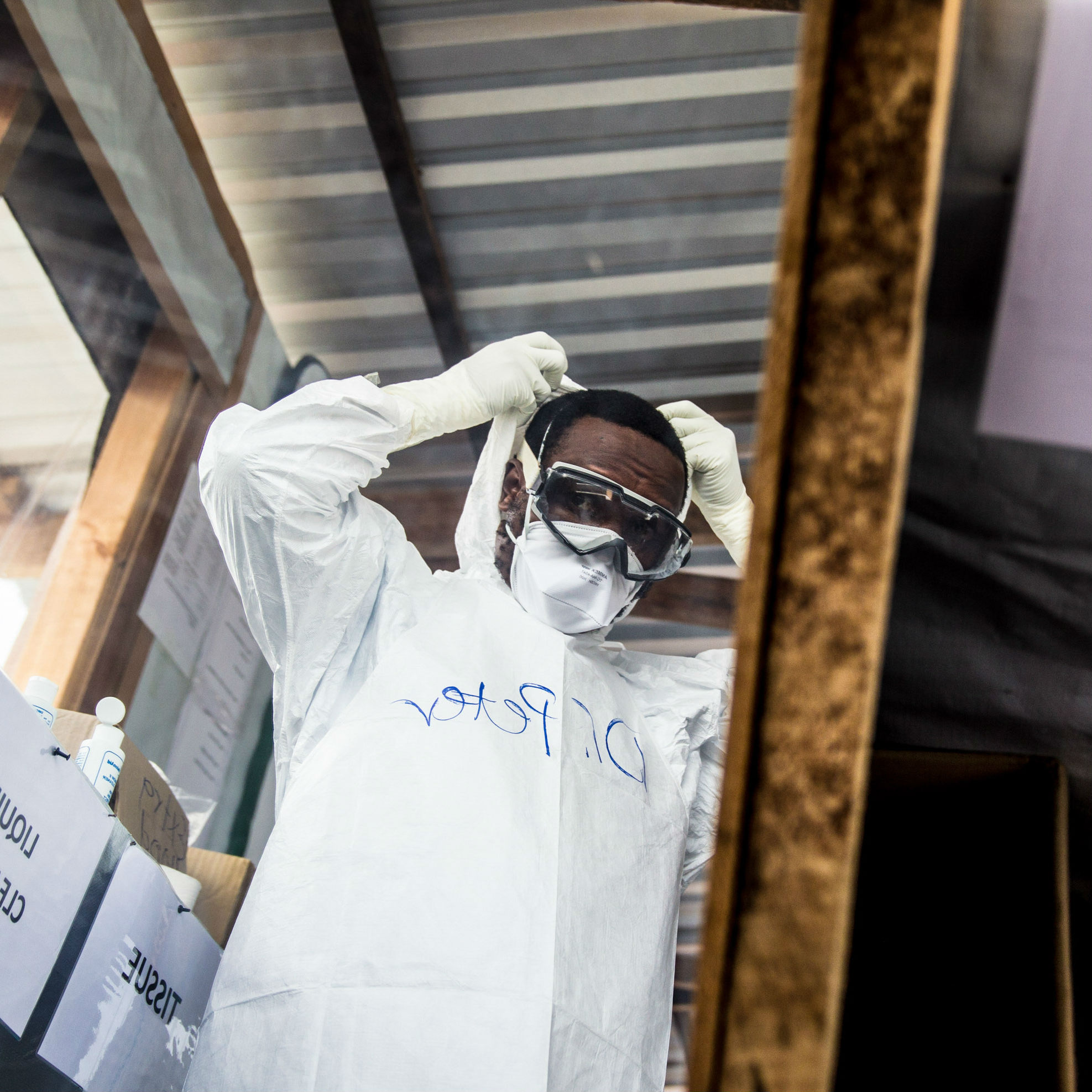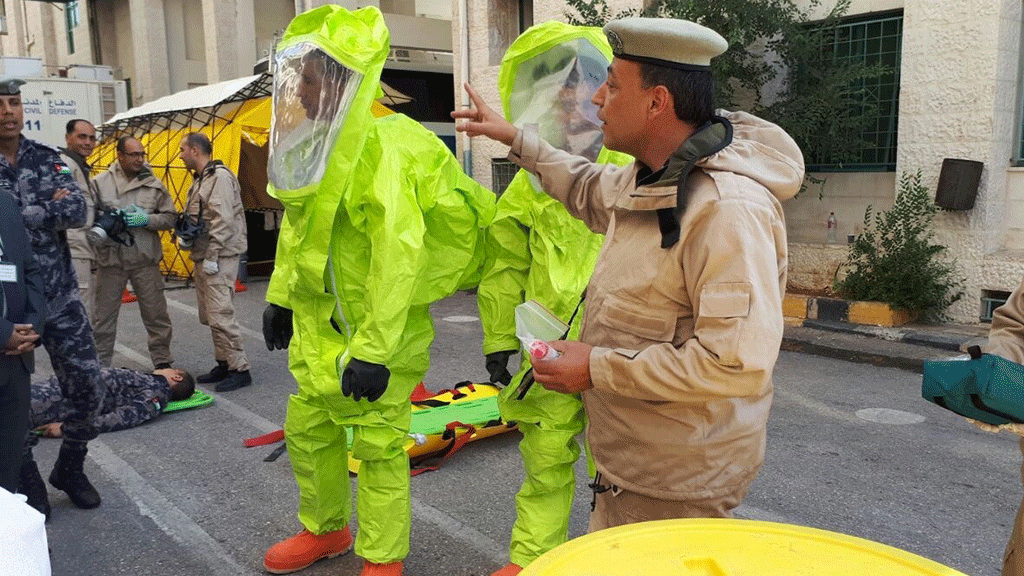When It Comes to Global Health, Emergency Management Is Much More Than Emergency Response

In the field of Emergency Management, there is a continuous cycle of activity that consists of four phases: preparedness, response, recovery, and mitigation. When effectively followed, the Emergency Management cycle ensures that long and short term goals are set to reduce the potential damage and loss associated with emergency situations. In our daily lives, we don’t just accept having a fire department or ambulance within response distance as adequate protection. We have fire alarms, protective laws, regulations and protocols, weather forecasts, practice drills and demonstrations, earthquake early alert systems, hurricane and earthquake proofing. We don’t just respond to disasters – we actively work to prevent, prepare for, and mitigate them.
So why should we treat epidemics any different?
Simply put, in the globalized and highly interconnected world of today, the threat of epidemic anywhere is a threat of epidemic everywhere. With the increased ease and occurrence of international travel and export, diseases no longer stop at country or even continent borders. Thus, no nation can afford to ignore these threats. But response alone is not enough. It is an extremely important aspect of humanities fight against infectious disease, and no one can doubt the bravery and resolve of first responders like those who came to the aid of those affected by Ebola. However, it is a decidedly short term and reactive aspect and only one portion of the whole strategy set forth by the Global Health Security Agenda (GHSA) which seeks to prevent and detect, as well as respond to, disease.
In many of the big name cases of outbreak, such as Ebola or MERS, lackluster or slow initial response is often the focal point of attention. But underlying issues such as weak health systems, insufficient health workforces, bio-surveillance and reporting networks, and lack of public health laboratories as well as poor coordination and planning are often large, if not larger, factors.
The GHSA provides a framework and clear benchmarks with which to strengthen public health systems. These include “a national biosecurity system that ensures that especially dangerous pathogens are secured with biosafety and biosecurity best practices in place, a nationwide laboratory network with a specimen referral system reaching at least 80% of its population and with effective modern diagnostics in place to detect epidemic-prone diseases, a timely biosurveillance electronic reporting system meeting WHO, OIE, and FAO requirements, a dedicated workforce of medical and public health professionals including at least one trained field epidemiologist per 200 000 population, and a public health emergency operations center with the capacity to coordinate an effective emergency response within 120 min.” However, the world is still struggling to meet the requirements of the WHO’s even older International Health Regulations (IHR), the most recently revised version of which came into effect in 2007. As of March 2013, only 42 of 194 reporting states indicated to the WHO that they had achieved the core requirements of the International Health Regulations. 110 countries requested an extension and 42 countries did not report compliance or request an extension, suggesting that approximately 80% of the world’s countries have not met their obligations to implement the IHR.
This is why capacity building is so important to global health security. Effective prevention and detection measures mitigate the frequency and severity of outbreaks and are important to subsequent response measures. In the case of Ebola, one can clearly see just how important preexisting systems are. Between weak health and surveillance systems and lacking diagnostic capabilities, the three most affected countries were much less prepared to detect, and therefore respond, to the emergence of the virus. A lack of diagnostic laboratories necessitated that blood samples be sent to France, Germany, and Senegal for diagnosis, causing a delay in action. An already late response was then worsened by the lack of experience with Ebola and scarce health workforce. Thus, a large amount of international support was necessary to contain the epidemic that so far has led to over 27,000 cases and 11,000 deaths in Liberia, Guinea, and Sierra Leone.
In comparison, Nigeria only had a total of 19 cases and 7 deaths. The difference? Nigeria had a dedicated public health emergency operations center, a large cohort of epidemiologists, trained ministry of health staff, existing surveillance systems, and diagnostic laboratories, much of which existed due to earlier concentrated efforts to eradicate polio. The most effective responses stem from resilient systems that are already in place and can be scaled up in an emergency.
The GHSA is an opportunity to approach the truly international problem of global health security proactively and collaboratively through capacity building instead of simply waiting for the next crisis in a global game of viral whack-a-mole. CRDF global has engaged with countries all over the globe on a personal level through trainings, workshops, conferences, and fellowships as well as projects including national surveillance system enhancement, founding biosecurity associations, and assisting with public health laboratories, institutes, and emergency operation centers. Increasing local capacity leads to sustainable, long term solutions. The individuals that are empowered and the institutions that are created or improved allow for sustained operations and efficacy even after the donor or trainer leaves. These champions of public health then can continue to pass on knowledge, creating splash effects of impact that radiate from those that were originally aided. They also bring local knowledge and cultural competency that outside agents may not have as well as the proximity necessary to prevent, detect and respond to crisis with the required speed that no international player could provide.
Responding to epidemics may save lives, but teaching others how to prevent, detect, and respond to them will save many, many more.



